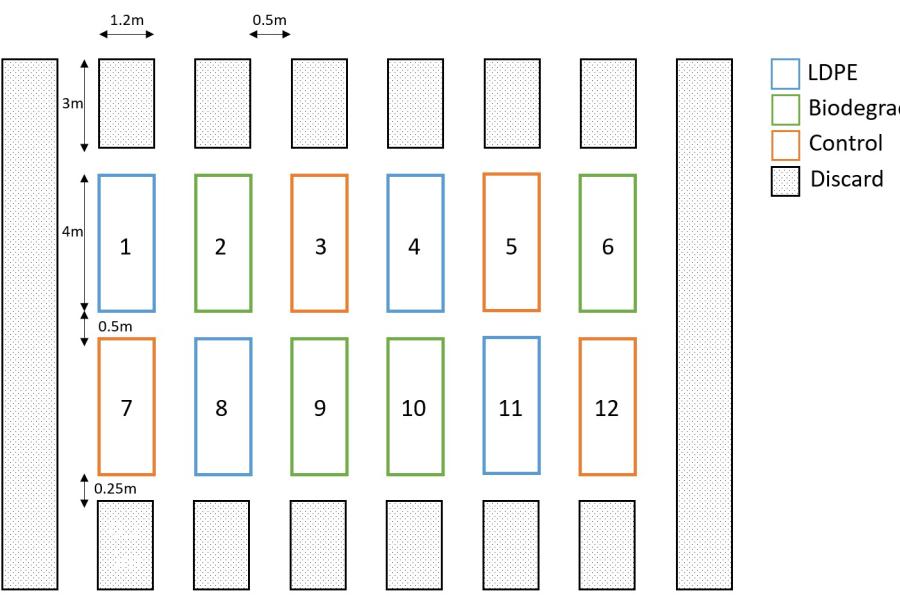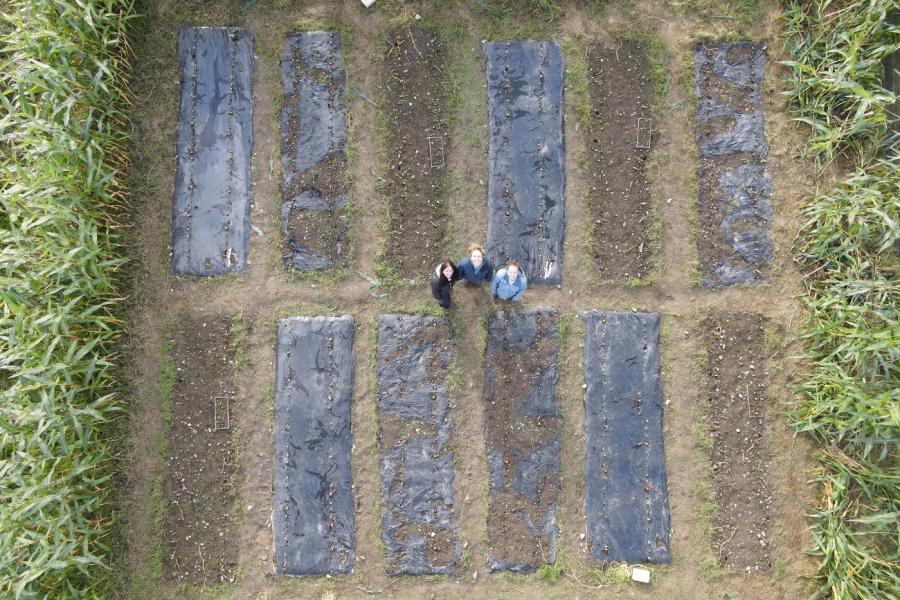Context
Many governments and overseas aid agencies have actively encouraged the use of plastic mulch films within smallholder agriculture to promote food security. This has undoubtedly transformed the livelihoods of millions of smallholder farmers across the world. However, this has been achieved at a significant environmental cost as it has left a large legacy of plastic pollution in agricultural fields. This is now threatening to undermine delivery of many of the UN’s Sustainable Development Goals.
We will critically evaluate the scale of the problem in 5 of the biggest users of agricultural plastics namely, China, Egypt, India, Sri Lanka and Vietnam in three stages: 1) Assess the socioeconomic and governance issues that lead to plastic pollution, 2) Assess the impact of plastics on agroecosystem health, and 3) Use this knowledge to co-develop context-specific, locally-owned interventions to reduce this plastic legacy, while still maintaining sustainable farming practices and livelihoods.
Project Partners
This project consists of 6 partner countries: United Kingdom, China, Egypt, India, Sri Lanka, and Vietnam. The UK research is led by Bangor University, Bristol University and Reading University.
Objectives
This multi-year experiment (start: 2021) is investigating the effect of conventional (LDPE) and biodegradable (PLA/PBAT) plastic mulch films on crop and soil health. Here, we are growing maize (Zea mays L.) to monitor differences in nutrient uptake of the plants, plant performance & growth, and biomass at harvest. We are also interested in monitoring any changes to soil physical properties, biochemical processes, and microbial community structure. Additionally, we are investigating the degradation of the mulch films and the potential subsequent macro- and microplastic contamination of the soil. This experiment is repeated by all partner countries, which will allow us to compare data between different climate zones, soil types and agricultural practices.
Experimental approach
The experiment is repeated annually, using the same plots as in the previous year. After harvest, the remaining mulch film is collected, cut into hand-sized pieces, and mixed back into the soil before the next cropping season begins to simulate the ploughing of mulch film into the soil, as is often common practice.
The key soil measurements for this experiment include soil moisture & temperature, soil physical properties (pH/EC/ammonium/nitrate), nitrogen recovery, carbon & nitrogen content, greenhouse gas emissions, microbial diversity, and plastic contamination.
The key plant measurements include nutrient use efficiency, chlorophyll content, growth dynamics, carbon and nitrogen content, and biomass.
The key plastic film measurements include signs of visible degradation, production of microplastics, and chemical changes in the polymers caused by UV exposure and/or soil microbial breakdown.


Figure 1: Plot layout with random allocation of conventional (LDPE), biodegradable (PLA/PBAT) and control (no mulch film) treatments with 4 replicas each.
Figure 2: Aerial photograph of experimental area after harvest (2021), showing the differences between conventional, biodegradable and control treatments.
Contact us
For any queries regarding the overall project or this experiment in particular, please contact PhD student and project technician Martine Graf and/or the PIs of the project Davey Jones and Dave Chadwick.
Funding body
This experiment is part of a project funded by the UK Natural Environment Research Council Global Challenges Research Fund programme on Reducing the Impacts of Plastic Waste in Developing Countries (NE/V005871/1). We acknowledge the support of the Centre for Environmental Biotechnology Project, part-funded by the European Regional Development Fund (ERDF) via the Welsh Assembly Government.
